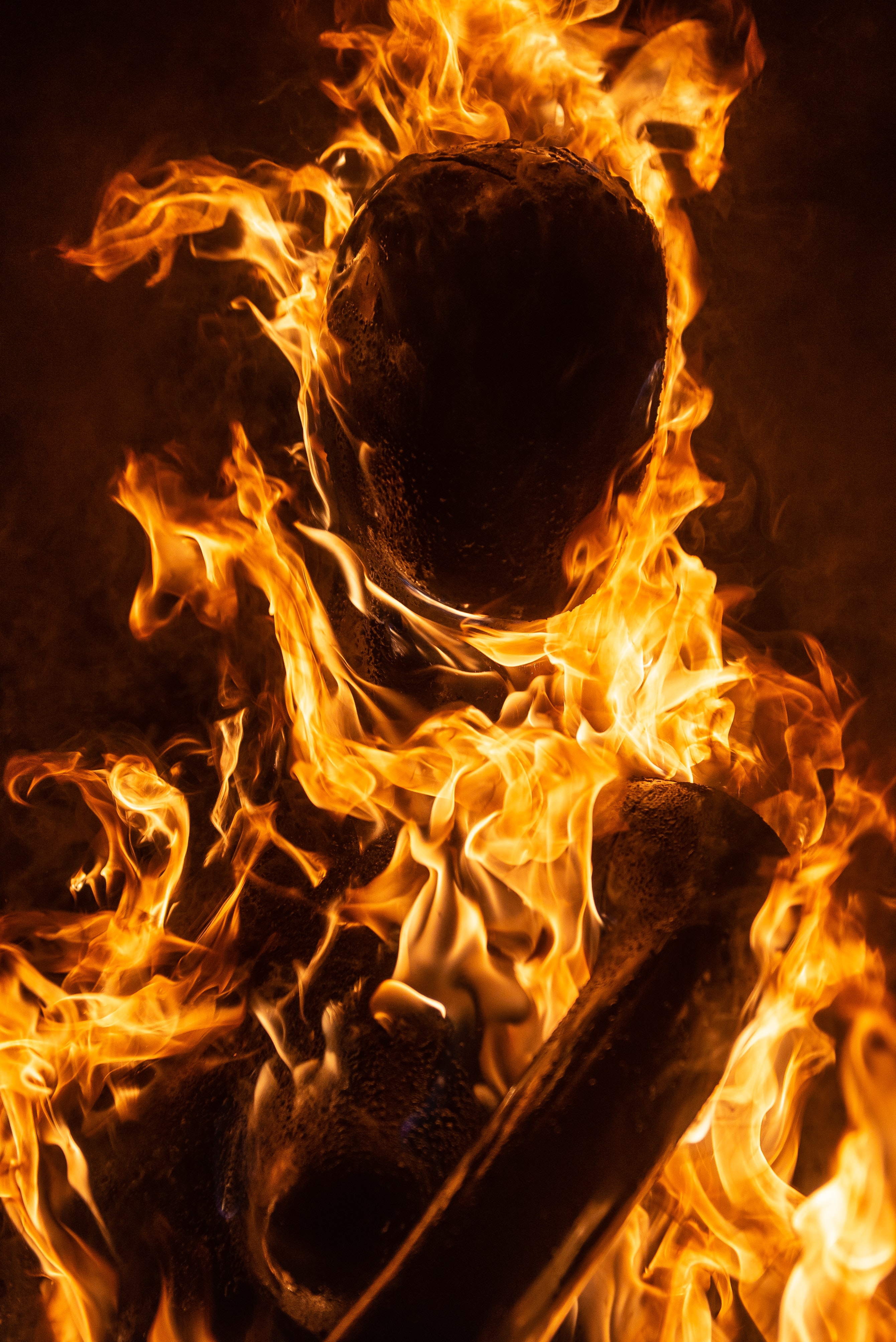The Cult of Istha
A single cult threatens the power that Dichotomism holds as the official religion of the Circle of Nine. This faith, widely called the Cult of Istha in reference to its sole goddess, originated a few years before 300 YC in the nation formerly known as Lischia. Like wildfire the cult spread through this nation, unifying formerly separate cultures, cities, towns, and states under the banner of a shared faith, creating for the first time a collective identity within the land. A peaceful transition of power established the theocracy that now governs the nation, which renamed itself Oristhane: literally, "the crown of Istha".
Though just the eruption of this new faith within Oristhane was enough of a threat to the Dichotomist government of the the Circle of Nine, it did not stop at Oristhane's borders. Unlike other minority religions, like the Old Faith, whose members tend not to proselytize, many devotees of the Cult of Istha passionately preach their faith to all who will listen; thus, the Cult of Istha is much more of a threat to the power of Dichotomism than other minority religions. Though that fact is not spoken openly among the representatives of the Co9, none among them could deny that perception. By the terms of the treaty governing the Circle of Nine, the transition to a theocracy within Oristhane went unchallenged, but now, as the faith creeps beyond Oristhane's borders, whispers have begun among the Co9's power players that the spread of the faith must be addressed before it threatens to consume all of Aotra.
Structure
The hierarchy of power within the faith is impossible to disentangle from the hierarchy of the government of Oristhane; at its core, the two are one and the same. At the top of the hierarchy reigns the High Priestess of Oristhane, a spiritual and political leader who serves as the utmost authority of the faith. The High Priestess also serves as Oristhane's representative within the Circle of Nine.
Three ranks report directly to the High Priestess. The Knight-Priestesses are, much like the High Priestess, spiritual and political leaders who serve as an intermediary between the High Priestess and the government of each of Oristhane's many free cities. There is one Knight-Priestess in each free city, tasked with serving as a local community leader and a spiritual advisor to the government. Though the Knight-Priestesses have the power to override their respective local governments, historically they tend to remain hands-off. On the martial side, the Generals of the Dawn Legion report directly to the High Priestess, as do the Champions of Oristhane, the elite coterie of soldiers who serve as the High Priestess' personal guards. Neither the Generals, the Champions, nor the Knight-Priestesses have the power to override one another; only the High Priestess wields authority over them.
Beneath the Knight-Priestesses are the common clergy of the faith, the priestesses of Istha. No hierarchy is prescribed beyond that, though many of the temples in larger urban areas designate one priestess to report to the local Knight-Priestess on behalf of the whole temple. This role usually goes to an older, long-experienced priestess, who typically receives the informal title Priestess Mother.
Mythology & Lore
The Cult of Istha dedicates itself to the goddess after which it is named. Istha is a goddess of fire, a personification of Aotra's two suns, an embodiment of passion, light, and magic. The Faith's mythos tells that Istha first revealed herself to mortals in the site now known as the Garden of the Firewalkers. Followers believe her to be new among the world's cosmic powers, awoken in recent history to guide the course of mortal life. Most of the faithful agree on the belief that the goddess were born from the Myth, though her exact origins do not feature in the religion's mythos; the cult is less concerned with looking to its past than its future. That future, as they see it, is yet mysterious. Cultists of Istha believe that their goddess' aims will be made clearer with time, and that for now, their orders come through unusual and obscure practices of divination.
Divine Origins
The origins of the Cult lie with a group of people still as close to its heart as anyone. Around the time that the Cult of Istha arose, a small group of people survived being trapped amidst a raging forest fire, emerging not only unscathed but with new power: an ability to manipulate and create fire at will. (See Garden of the Firewalkers for a more detailed account of the faith's originating event.) These seven people, who later gained the name the firewalkers, were the first of the faith, but they were not the last to claim the gift of firewalking. As the cult spread, more and more gifted with the powers of flame cropped up, signs of the goddess' presence and favor. True firewalkers are still rare, especially so after the Severing, but more and more are discovered with the gift with each year that passes.
The Cult grew around these firewalkers; they shaped the way the faith grew and spread, icons of their goddess' power. Firewalkers shaped the theocratic government of Oristhane, too. Though they are rare enough that not all priests of the cult are firewalkers, and many of the priest-governors of the land do not bear the gift, only a true firewalker can hold the status of High Priestess of Oristhane.
Tenets of Faith
Five tenets underscore the faith of the cult of Istha:
Trust Istha to consume you. To truly have faith is crucial; halfhearted worship is as good as none. Give all you have to give, and trust that your commitment will not go unrewarded.
Heed the worldly iterations of Istha. Though temple authorities, whether they be priestesses or the High Priestess herself, are not the sum total of the goddess' identity, they are manifestations of her that warrant deference. Trust their wisdom as representatives of the divine.
Spread the faith. The religion is one that is meant to be shared with all who want to know of it, not kept secret within groups of devotees.
Let your passion not twist to rage. It is easy to mistake wrath for dedication. Be mindful that your intensity does not turn to hatred or scorn for those less faithful.
Follow the prophecies. Let the messages from the goddess lead you. Find solace, direction, and purpose in Istha's holy word, for you will know it when it reaches you, even when it is not obvious to others. Seek guidance, and guidance will come to you.
Worship
The Cult of Istha is a faith deeply interested in tradition, mysticism, and even performance as divine practices. As a result, worship is an eclectic, ritualistic act that can be as much of a social practice as an individual one. Though traditions tend to vary across different cities and subcultures, a few constancies thread through.
Most Faithful pray at the time of the rising of the sun; in the solar summer, they pray at the time of the rising of both suns. Aside from prayers, other regular practices include incense- and candle-burning; dancing and other expressive forms of movement; and study of divination and omens. Communally, worship may be practiced through performances of fire-dancing and fire magic, commonly seen in large festivals and carnivals.

Founding Date
285 YC
Type
Religious, Cult
Alternative Names
Referred to as "the Faith" by its adherents
Demonym
Followers of Istha, Faithful (by adherents of the faith), Cultists (by others)
Leader
Leader Title
Permeated Organizations
Deities
Divines
Related Ranks & Titles
Related Items
Notable Members
Related Ethnicities
Istha, Goddess of Sunlight and Flame.




Comments